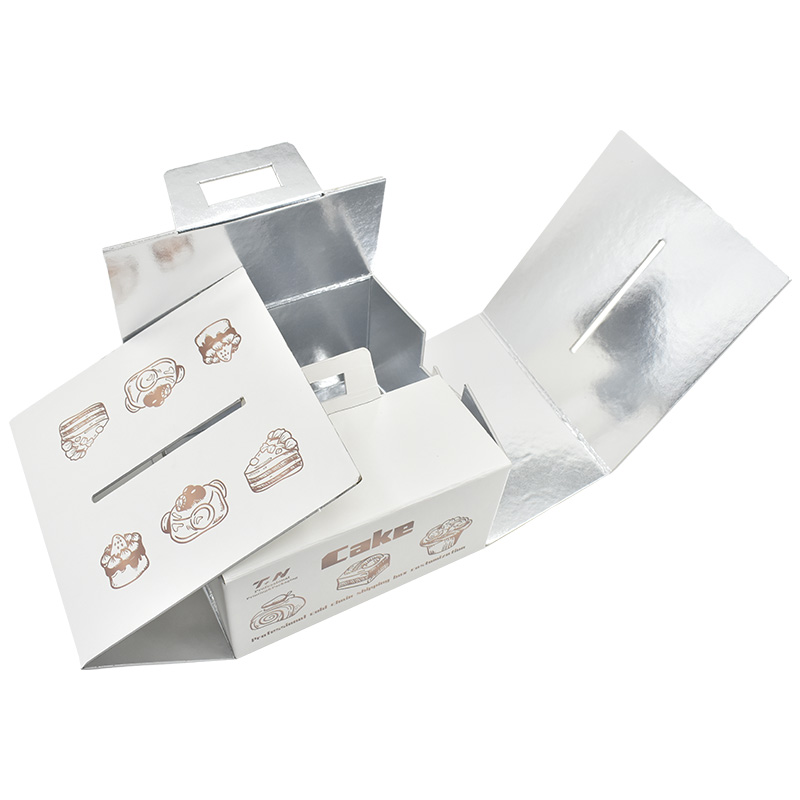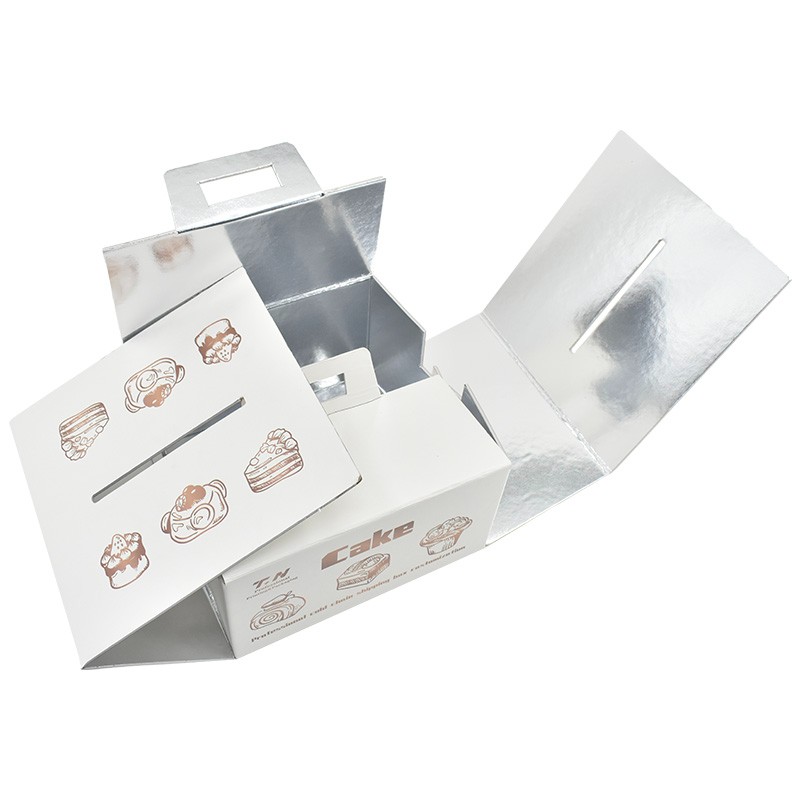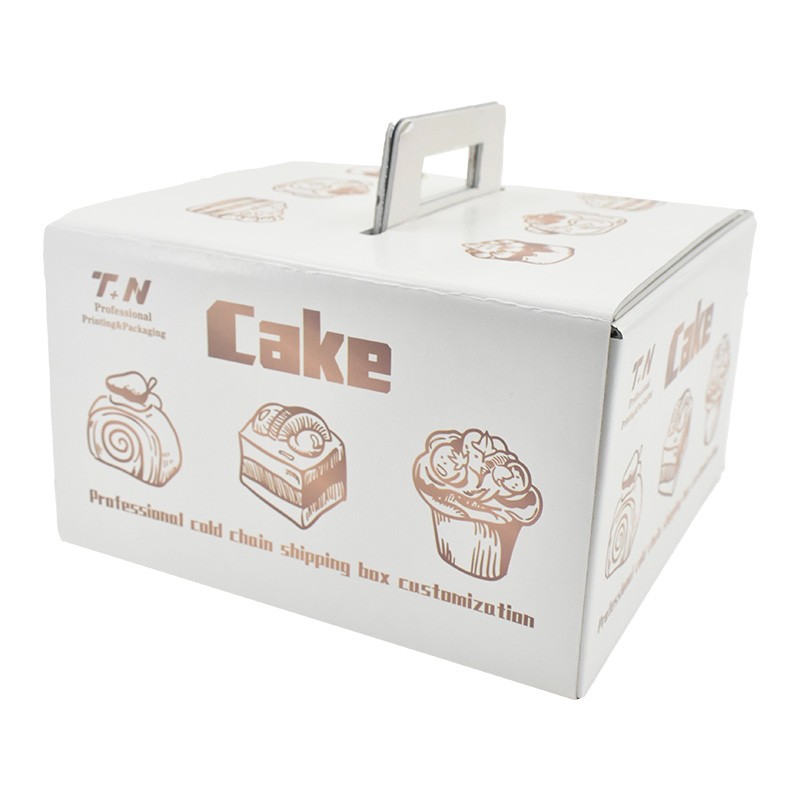Advances in Frozen Food Packaging Technology

Frozen food producers are constantly seeking new ways to enhance the packaging of their goods. This is due to the demand for packaging that not only maintains product quality but also lowers environmental impact. Recent innovations in frozen food packaging technology are tackling these concerns through the adoption of green materials and sophisticated design concepts.
One notable development is the increasing popularity of compostable packaging materials. These components are manufactured from plant-based sources and can break down naturally, reducing the amount of waste sent to landfills. Furthermore, some firms are exploring innovative packaging solutions that utilize active technologies to prolong shelf life and minimize food spoilage.
These innovations hold great promise for the future of frozen food packaging, offering a more sustainable and efficient way to package frozen food items.
Sustainable Solutions for Frozen Food Packaging
The frozen food industry faces a challenge in finding eco-friendly packaging solutions that maintain the quality of delicate goods while minimizing environmental effect. Progressive approaches are emerging to address this problem, focusing on compostable materials and reduced packaging designs.
- One promising direction is the use of plant-based polymers, derived from sources like corn starch or sugarcane. These alternatives can decompose naturally, decreasing plastic waste.
- Moreover, durable packaging containers are rising in popularity. Consumers can re-use these containers to the supplier for cleaning and refill, creating a circular system.
- Finally, optimizing packaging designs through streamlining material usage and incorporating efficient arrangements can also aid to decrease the overall environmental footprint of frozen food packaging.
These developments highlight the sector's commitment to environmental responsibility. As consumers demand more sustainable choices, the frozen food industry will continue to research and adopt cutting-edge packaging solutions.
Boosting Shelf Life and Quality through Frozen Food Packaging
Frozen food wraps play a crucial role in maintaining the quality and shelf life of goods. The right type of packaging can effectively reduce freezer burn, oxidation, and nutrient loss, ensuring that frozen meals remain tasty for longer. Additionally, proper packaging contributes to preserve the texture and flavor of frozen dishes.
- Cutting-edge packaging materials, such as multilayer films and vacuum-sealed bags, offer superior barrier properties against moisture, oxygen, and light.
- Utilizing appropriate closures is vital to prevent freezer burn and maintain product integrity.
- Suitable packaging design guarantees proper air circulation within the package, preventing condensation buildup.
Packaging Evolution for Frozen Foods: Innovative Materials and Designs

As consumer preferences for sustainable and eco-friendly packaging continue to rise, the frozen food industry is undergoing a transformation. Companies are actively exploring innovative materials and designs that prioritize both product preservation and environmental responsibility. Emerging materials like plant-based plastics, biodegradable films, and even edible coatings are gaining traction, offering promising solutions for reducing plastic waste and minimizing the effect of frozen food packaging on the planet.

- Moreover, advancements in design are playing a crucial role in optimizing efficiency. Intelligent packaging technologies, such as sensors, can monitor product freshness and signal consumers about potential spoilage.
- Flexible and stackable packaging designs maximize shelf space utilization, leading to diminished transportation costs and minimized carbon emissions.
Gazing forward, the future of frozen food packaging is poised for even more dramatic changes. Research into bio-based and compostable materials will continue to drive sustainability efforts, while technological advancements will enable smarter and more interactive packaging experiences.
Frozen Food Packaging: Meeting Consumer Demands for Convenience and Sustainability
In today's fast-paced world, consumers desire convenient food options without compromising on sustainability. Frozen food packaging plays a crucial role in meeting these demands by providing effective preservation while minimizing environmental impact. Advanced packaging solutions are continuously being developed to achieve this balance. For example, some companies are employing sustainable materials like recycled plastics and biodegradable liners, reducing reliance on traditional choices.
- Moreover, reusable packaging improves food freshness and reduces waste by allowing consumers to keep leftovers.
- Additionally, visible packaging provides consumers with a clear view of the product, increasing transparency and trust.
By embracing these innovative approaches, frozen food manufacturers can address the growing needs of environmentally conscious consumers while delivering convenient and high-quality frozen meals.
Influence of Packaging on the Sensory Experience of Frozen Foods

Packaging plays a significant role in shaping the sensory experience of frozen foods. The selection of materials and design can modify factors such as texture, aroma, and even flavor perception. For instance, opaque packaging can protect the visual appeal of the product, while perforated materials allow for suitable gas exchange to prevent freezer burn and maintain freshness. Moreover, the structure of the packaging can impact how consumers handle with the product, ultimately shaping their overall sensory experience.

Reducing Food Waste with Advanced Frozen Food Packaging
Innovations in frozen food packaging are playing a vital role in combating the global issue of food waste. By extending shelf life and maintaining optimal freshness, these advanced materials assist consumers to store their food for longer periods, minimizing spoilage and reducing the amount of edible food that ends up discarded. The benefits apply beyond individual households. Sustainable packaging materials minimize environmental impact, supporting a more circular economy in the food industry.
- Moreover, advanced packaging often includes smart technologies that record temperature and humidity levels, providing real-time data to consumers about the safety and freshness of their food.
- Such advancements empower consumers to make more decisions about food consumption, ultimately reducing food waste throughout the supply chain.
Innovative Packaging Solutions for Frozen Goods
Frozen food packaging needs a strategic approach to labeling and branding. Effective approaches can improve shelf appeal, convey essential product details, and foster consumer confidence.
Take into account using clear, concise language that emphasize key features of the frozen food. Attractive graphics and hues can attract consumer interest.

Moreover, implement a consistent brand image across all packaging elements to build awareness among consumers. A well-defined narrative can engage with shoppers on an emotional level, boosting purchases.
Ultimately, a strategic approach to labeling and branding is essential for growth in the competitive frozen food market. By enhancing these elements, brands can stand out the crowd and secure a loyal customer base.
Regulations and Standards for Frozen Food Packaging Safety
Frozen food packaging plays a essential role in ensuring the safety of these products throughout their shelf life. Stringent guidelines are in place to govern the materials used and the configuration of frozen food packaging, aimed at preventing contamination and ensuring freshness.
These directives often cover aspects such as:

* Material appropriateness with the product contents
* Barrier properties to prevent moisture and oxygen penetration
* Closure mechanisms to maintain a hermetic seal
* Labeling contents regarding ingredients, nutritional value, frozen food packaging and storage instructions
Compliance with these guidelines is vital for safeguarding public health and maintaining consumer assurance.
Consumer Perceptions and Preferences in Frozen Food Packaging
Consumers seek cutting-edge packaging solutions for frozen food goodies. They emphasize factors such as ease of use, sturdiness to prevent damage, and transparent panels for product visibility. Additionally, consumers are trending towards eco-conscious choices, favoring sustainable and recyclable packaging materials.
Ultimately, successful frozen food packaging targets a balance between efficiency, design impact, and environmental responsibility.
Frozen Food Packaging's Effect on Sustainability
The convenience of frozen food comes at a cost to our planet. Wrappings for frozen meals often utilize materials like film, which can take centuries to decompose in landfills, contributing to pollution and habitat destruction. Furthermore, the production process of these substances itself consumes significant energy and resources, releasing harmful greenhouse gases into the atmosphere. To mitigate this environmental impact, consumers can opt for reusable packaging options whenever possible, support brands committed to decreasing their packaging footprint, and promote for policies that encourage sustainable practices within the frozen food industry.